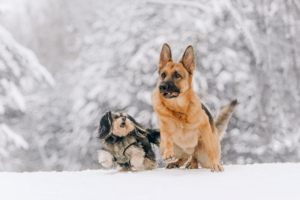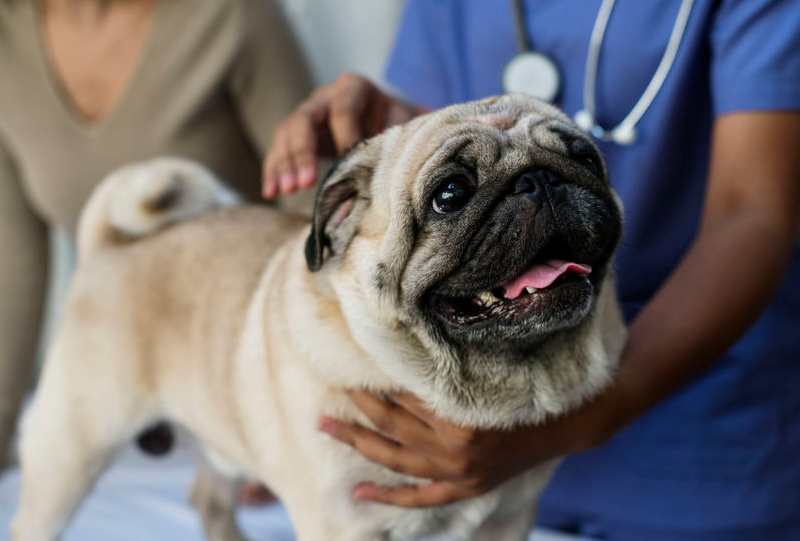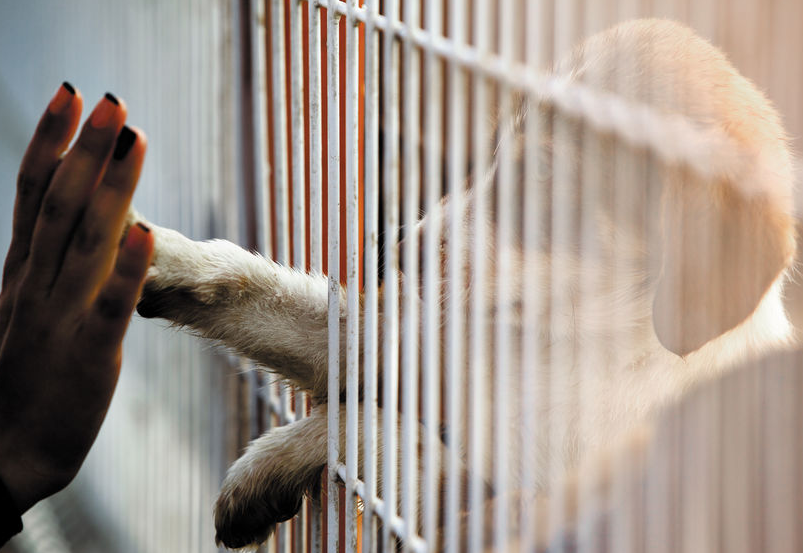Want to take your dog to the mountains? The start of your winter sports holiday is approaching, and your dog will accompany you on this journey. You may be concerned about how your dog will handle the cold and snow. Your dog may not be used to sub-zero temperatures, so here are a few things to know so he can make the most of his vacation.
Protecting Your Dog During a Mountain Vacation
The thickness of the fur, the thickness of the mat and the supply of food are the three elements that cannot be ignored when taking the dog up the mountain.
Mountain Dog: The Thickness of the Fur
The density of your dog’s coat can tell you a lot about how well it keeps out the cold . Dogs with dense coats and thick undercoats will find it easier to tolerate sub-zero temperatures. On the other hand, a hairless or short-haired dog will be more cautious. The same goes for small dogs, which are also more sensitive to temperature changes. Therefore, it is recommended that they wear a coat to protect them from the cold. Choose a fleece-lined jacket for extra protection.
When you take your dog up the hill, the snow will form balls on the long-haired dog’s paws. While some dogs manage to clear these snowballs on their own, others need help. You can put their legs underwater, or you can buy pads for the lower legs.
dog pad
Dog mats also need protection. Because sidewalks and roads are often salted to melt snow, dogs’ paws can become irritated or even burned. Therefore, it is recommended that you tan your pads before going on vacation and rinse your paws after each walk. It is also not recommended to allow your dog to lick a mat filled with salt. Ingesting de-icing salt is not good for our companions because it is made of chemicals. If despite these recommendations, your dog still has irritating pads, put him in slippers or boots for better protection.
dog food in the mountains
When you take your dog into the mountains, if you spend the day in the snow, or if you greatly increase your dog’s daily activity, the food ration can be increased by 10% or even 20%. The cold also tends to take a lot of energy, which is why meals should be richer. Also bring him treats during the day to stave off cravings. Also, remember to give your dog something to drink on a regular basis so he doesn’t become dehydrated.
final tip
A mountain dog needs to take every precaution beforehand to keep it from getting sick. If he’s not used to the frigid temperatures in the mountains, he could quickly become hypothermic. Other health problems are also possible, such as colds, pneumonia, or diarrhea. When in doubt, call your veterinarian. Also, stay vigilant by observing that your dog does not shake for long periods of time. If all precautions are taken, all you have to do is enjoy these moments of complicity with your dog.



